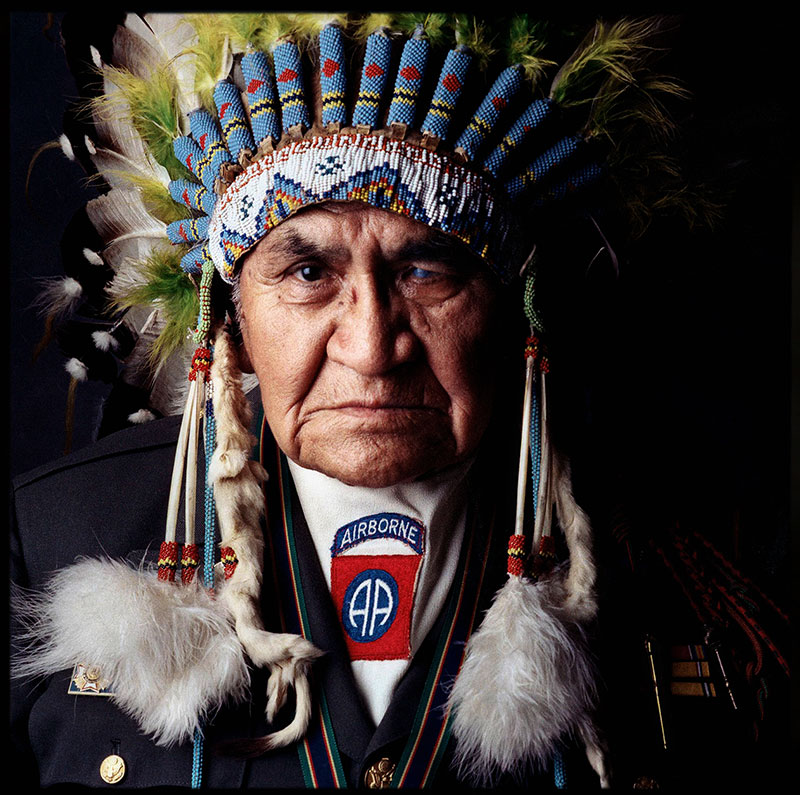Photographers talk a lot about light. After all, the words “photo” and “graphy” derive from ancient Greek and mean, literally, to draw with light.
It took me a long time to become proficient with my camera and lenses—f-stops and shutter speeds had to be pounded into my hard head. When I graduated to using off-camera flash and strobes, things got exponentially more difficult.
My approach was to blast everything with light. If I set up enought strobes, my subjects would be evenly awash in light, making the images easy to reproduce even on the tissue paper we printed on at the newspaper (which locked up at the mere suggestion of a shadow, it seemed).
I thought the way to success was to just point my lights at my subjects and make it rain light until all of my lighting problems were washed away.
One of my photography mentors—a guy who still amazes me with his location lighting skills and who has a portrait shot on an 8×10 view camera in the permanent collection at the Smithsonian—told me something that rocked my world. It forever changed the way I approach my photographic lighting.
“It’s not what you light,” he said to me, looking at yet another shoot where I’d done the photographic lighting equivalent of spray and pray. “It’s what you decide not to light that makes it interesting.”
In short, the shadows and unlit portions of the frame impart interest, drama and power. If you doubt this, for a second, look at the imageIt’s below and imagine if it were lit with no shadows. It’s the shadows that define every line, wrinkle, crag and scar on his face. It’s the shadows, then, that help to tell the true story of his face and his life.

Since that time, I’ve made it my goal to let the shadows tell the story. My lighting approach became subtractive instead of additive. To put it more plainly: I first light my subject, and then remove light selectively until things start to get interesting. The result? Drama, dimension, depth, mood.
And that’s made all the difference.
